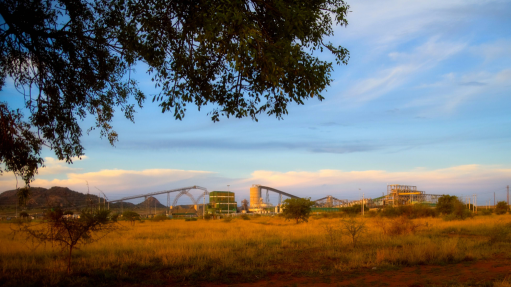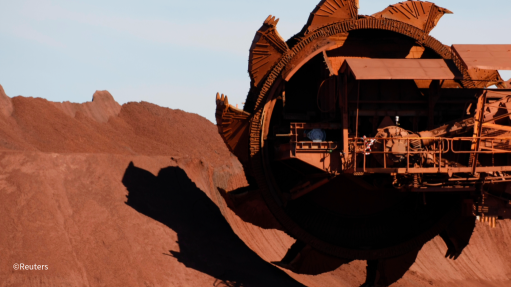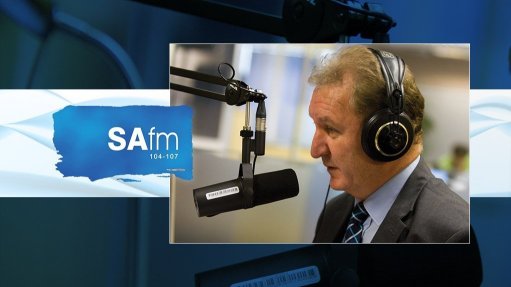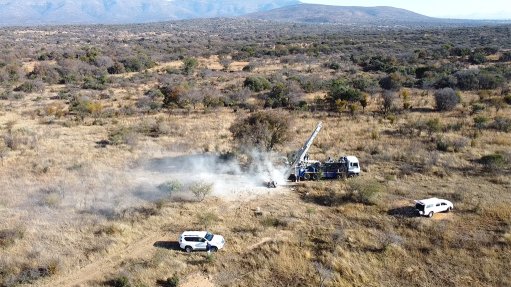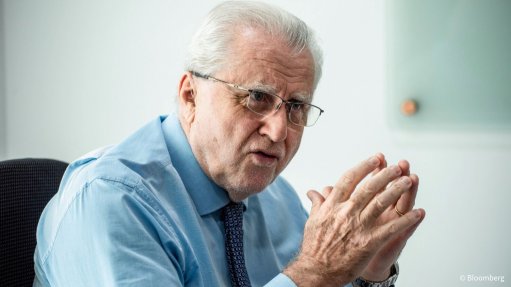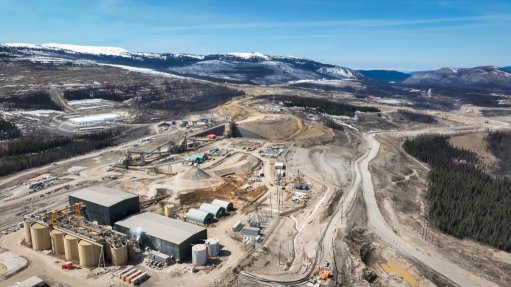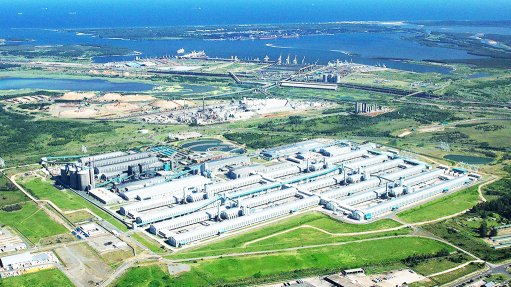Eskom reduces loadshedding to Stage 4, but questions linger over Stage 6 shock
Eskom reduced the intensity of loadshedding to Stage 4 in the early hours of Monday morning after having shocked the country by rapidly ramping up the intensity of its rotational cuts to Stage 6 in the early hours of Sunday morning, having declared Stage 3 on Saturday afternoon.
The reduction in the loadshedding stages, Eskom said, followed the recovery of all five units at Majuba and two units at Camden, where multiple units tripped because of “control system issues in auxiliary parts of these power stations”.
The trips had a “domino effect” that also resulted in the tripping of a unit at the Medupi power station in response to under-frequency on the electricity grid.
The trips came while Eskom was continuing with summer maintenance, with 7 706 MW currently out for planned maintenance.
They also came against the backdrop of a heavy reliance on the diesel fuelled open-cycle gas turbines in the week prior to the implementation of loadshedding, which raised questions about the performance of the coal fleet.
In addition, questions are being raised as to why the failure of a transformer at the Majuba power stations, triggered trips across the entire six-unit plant, and triggered the Medupi event.
Eskom indicated that the trips suggested a need for it to shift the focus of its maintenance programme in the upcoming period to include greater attention to the “balance of plant”, which includes equipment and systems outside of the main generation plant, including electrical systems such as the transformer that failed at Majuba.
Speaking on Radio 702, CEO Dan Marokane said that emergency reserves would continue to be used in preference to loadshedding, acknowledging that they had been run “a little bit harder than we would have wanted to” in the week prior to loadshedding being declared.
That period of intense use also coincided with heavy rains and cloud cover in several provinces, where a number of households and businesses have installed rooftop solar systems in response to both loadshedding and surging electricity tariffs.
Marokane said that Eskom was not “out of the woods” with regard to system vulnerability despite the 311 consecutive days without loadshedding from late March 2024 until early February 2025.
He reiterated that the position would become secure only once: Koeberg Unit 2 emerged from its life-extension maintenance; Koeberg Unit 1 returned from its current 150-day refuelling and maintenance outage; Kusile units 1, 2 and 3 were again re-commissioned through their main stack and linked to the desulphurisation plant; Kusile Unit 6 was commissioned; Medupi Unit 4 was reintroduced after the explosion that removed it from service; and the private sector projects being procured by government or companies became operational.
By Monday morning, Eskom said that eight out of the ten generation units that had tripped over the weekend had been returned to service.
It also said that the replenishment of emergency diesel and pumped-hydro reserves was “progressing well”.
“The return of these units comes after identifying the root causes of multiple unit trips, which were unconnected and purely technical in nature, related to electrical and control system issues in auxiliary parts of these power stations,” Eskom said in a statement.
Eskom said it would provide an update on Monday afternoon.
Article Enquiry
Email Article
Save Article
Feedback
To advertise email advertising@creamermedia.co.za or click here
Press Office
Announcements
What's On
Subscribe to improve your user experience...
Option 1 (equivalent of R125 a month):
Receive a weekly copy of Creamer Media's Engineering News & Mining Weekly magazine
(print copy for those in South Africa and e-magazine for those outside of South Africa)
Receive daily email newsletters
Access to full search results
Access archive of magazine back copies
Access to Projects in Progress
Access to ONE Research Report of your choice in PDF format
Option 2 (equivalent of R375 a month):
All benefits from Option 1
PLUS
Access to Creamer Media's Research Channel Africa for ALL Research Reports, in PDF format, on various industrial and mining sectors
including Electricity; Water; Energy Transition; Hydrogen; Roads, Rail and Ports; Coal; Gold; Platinum; Battery Metals; etc.
Already a subscriber?
Forgotten your password?
Receive weekly copy of Creamer Media's Engineering News & Mining Weekly magazine (print copy for those in South Africa and e-magazine for those outside of South Africa)
➕
Recieve daily email newsletters
➕
Access to full search results
➕
Access archive of magazine back copies
➕
Access to Projects in Progress
➕
Access to ONE Research Report of your choice in PDF format
RESEARCH CHANNEL AFRICA
R4500 (equivalent of R375 a month)
SUBSCRIBEAll benefits from Option 1
➕
Access to Creamer Media's Research Channel Africa for ALL Research Reports on various industrial and mining sectors, in PDF format, including on:
Electricity
➕
Water
➕
Energy Transition
➕
Hydrogen
➕
Roads, Rail and Ports
➕
Coal
➕
Gold
➕
Platinum
➕
Battery Metals
➕
etc.
Receive all benefits from Option 1 or Option 2 delivered to numerous people at your company
➕
Multiple User names and Passwords for simultaneous log-ins
➕
Intranet integration access to all in your organisation









